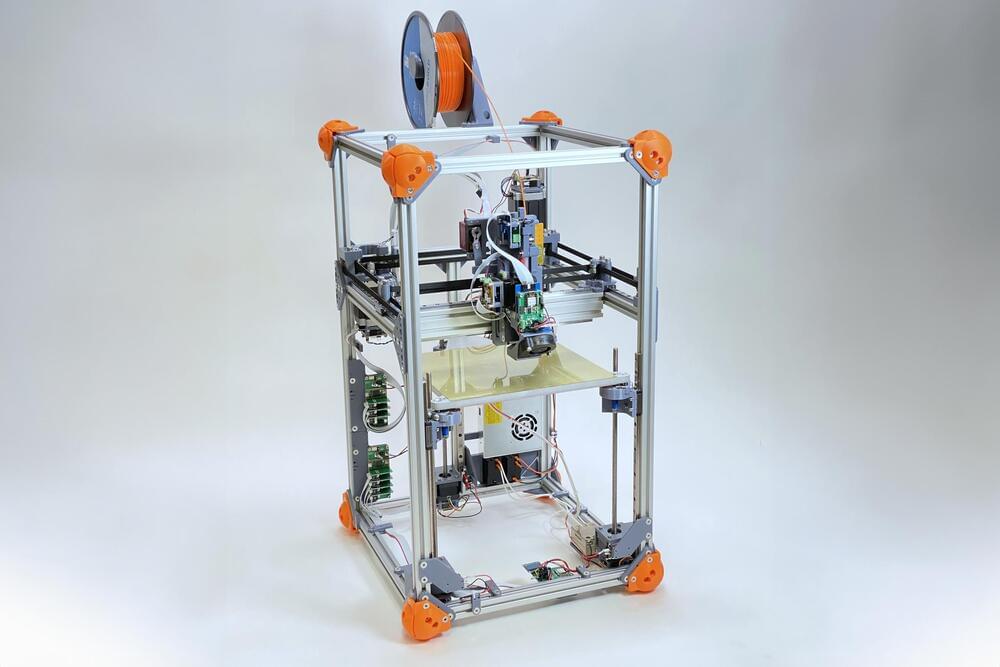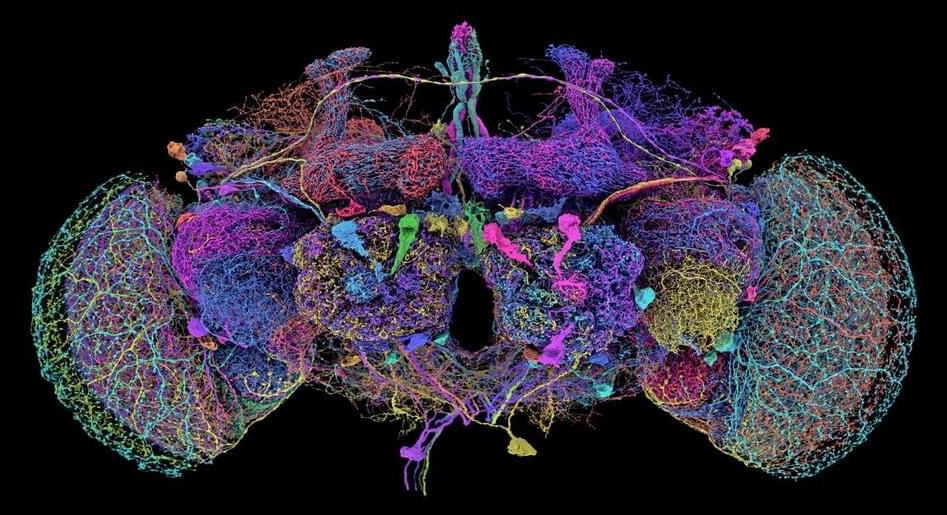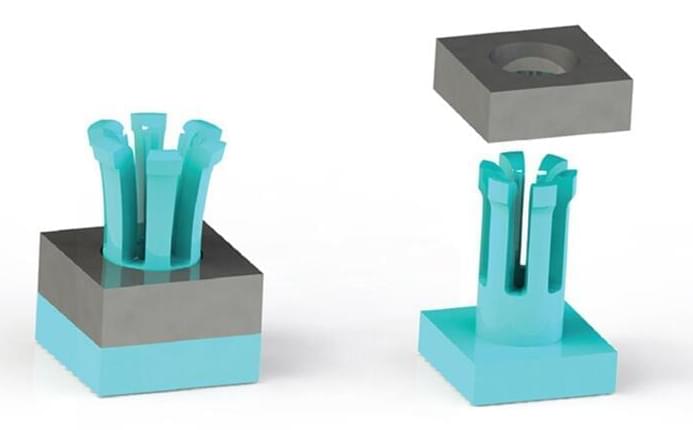While the benefits of music therapy are well known, more in-depth research explores how music benefits children with autism.


A team of microchip engineers at Pragmatic Semiconductor, working with a pair of colleagues from Harvard University and another from Qamcom, has developed a bendable, programmable, non-silicon 32-bit RISC-V microprocessor. Their research is published in the journal Nature.
Over the past several years, hardware manufacturers have been developing bendable microprocessors for use in medical applications. A bendable device with bendable components would allow for the creation of 24-hour sensors that could be applied to any part of the body.
For this new project, the research team developed an inexpensive circuit board that could be bent around virtually any curved object. The material was made using indium gallium zinc oxide instead of the more rigid silicon.


While 3D printing has exploded in popularity, many of the plastic materials these printers use to create objects cannot be easily recycled.
The automatically generated parameters can replace about half of the parameters that typically must be tuned by hand. In a series of test prints with unique materials, including several renewable materials, the researchers showed that their method can consistently produce viable parameters.
This research could help to reduce the environmental impact of additive manufacturing, which typically relies on nonrecyclable polymers and resins derived from fossil fuels.


A Princeton-led team of scientists has created the first detailed connectome of an adult fruit fly brain, a complex network with almost 140,000 neurons. This significant step in neuroscience was featured in Nature and involved contributions from various global institutions, highlighting both the complexity of the fly’s brain and the potential insights it offers into human neurological diseases.
Groundbreaking Brain Mapping: A Connectome for the Adult Fruit Fly
Researchers led by Princeton University have constructed the first detailed neuron-by-neuron and synapse-by-synapse roadmap through the brain of an adult fruit fly (Drosophila melanogaster), achieving a major milestone in brain research. This study is the flagship article in the October 2 special issue of Nature, which is devoted to the new fruit fly “connectome.”

The precise geometry of the protected area encompassing an iconic New Zealand volcano, Mount Taranaki, is unmistakable from space, highlighting its status as New Zealand’s second national park.
This conical, often snow-capped volcano not only captivates with its natural beauty but also serves as a critical area for scientific research due to its unstable geological history and ongoing volcanic threats. In 2017, Mount Taranaki was granted the same legal rights as a person, emphasizing its profound cultural significance to the Indigenous Māori people.
Mount Taranaki


Masafumi Oizumi: Unsupervised alignment of qualia structures: Towards direct communication of experience.
Pre-ASSC (2024, June 30, Sun) Satellite Workshop Registration Form: Structural approaches to consciousness: Qualia Structure and Integrated Information Theory.
— program -
Day: June 30, 2024 (Sun)
Time: 9:00–17:00
Place: Ito Hall, Ito International Research Center, University of Tokyo.
Aims:
In this satellite symposium, hosted by the Qualia Structure, we will discuss the current state of the structural approaches to consciousness from empirical, computational and theoretical perspectives. The satellite will be open to any researcher (but registration is required) who are interested in the structural approach to consciousness. A one day event will be a mixture of lectures and poster presentations.
Registration: Free.